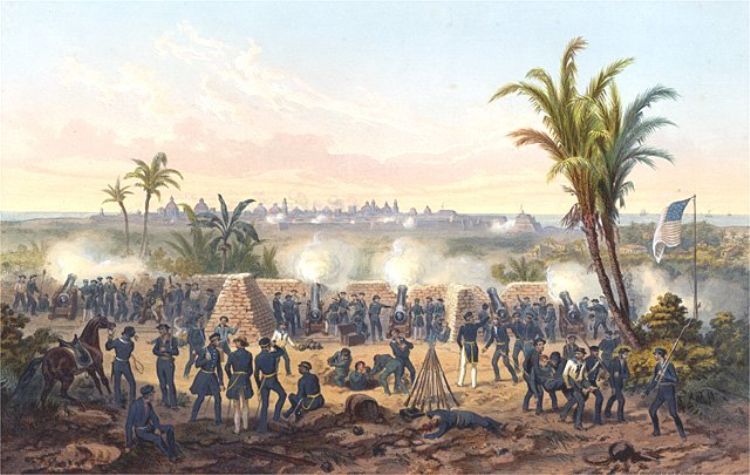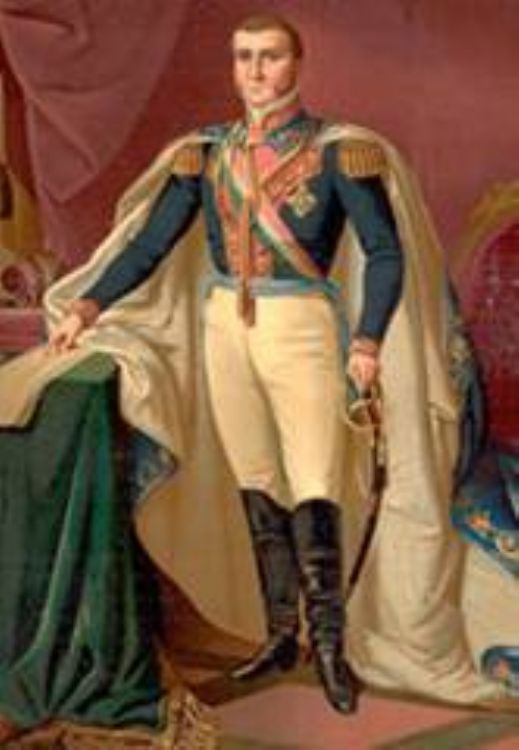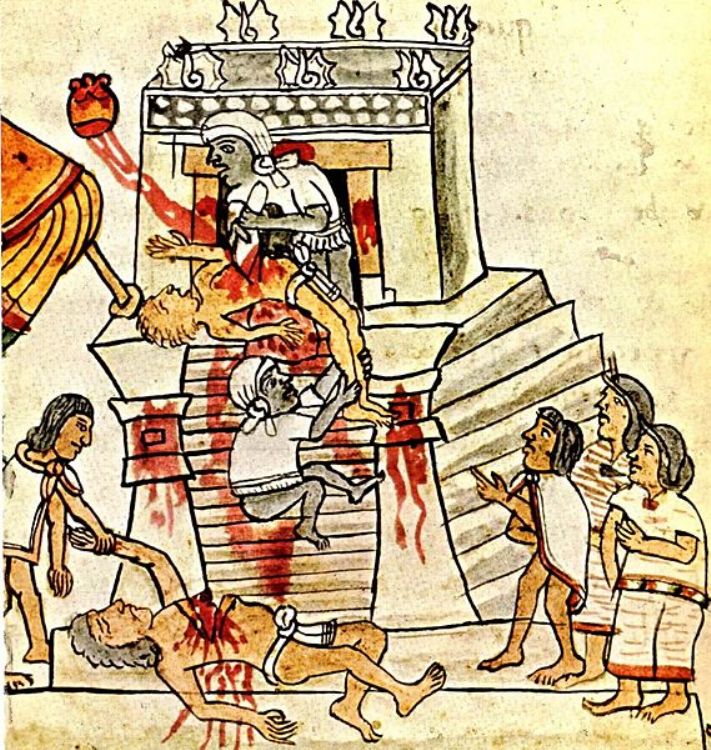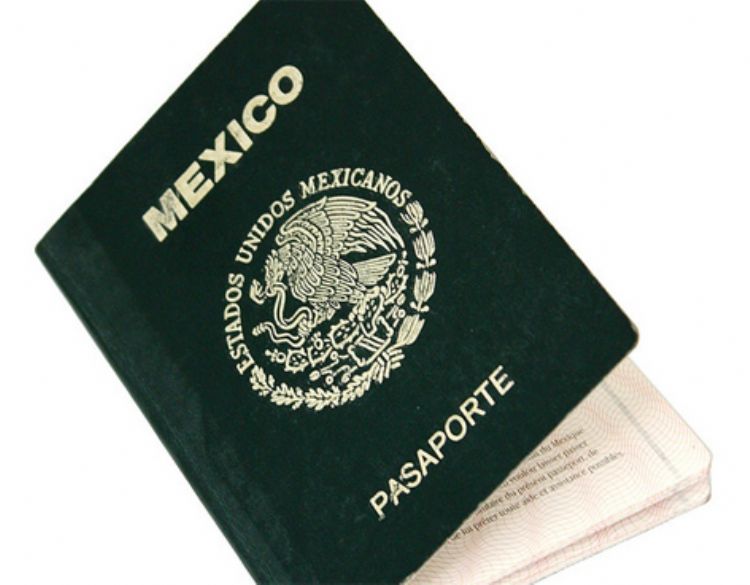The War of Reform, History of Mexico
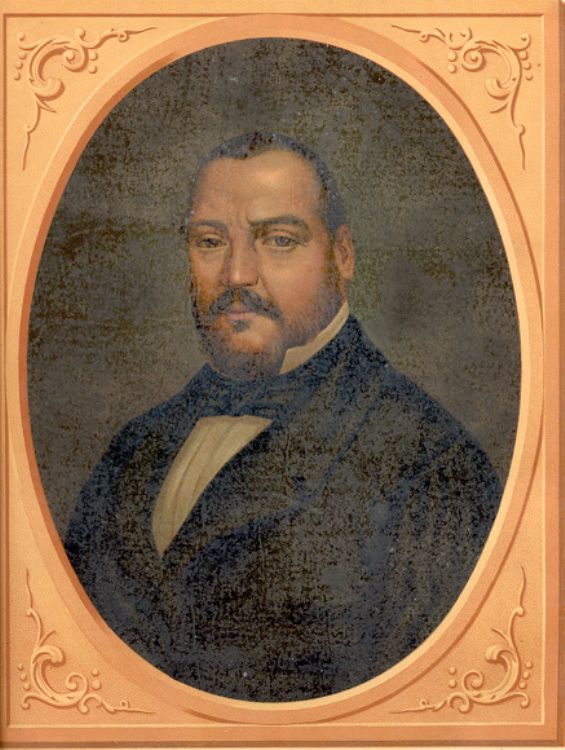
MexicoâÂÂs War of Reform, also known as the Three Year War, occurred from December 17, 1857 to January 1, 1861. This armed conflict consisted of the confrontation between liberals and conservatives; the situation was so tense that it even caused the abolition of respect to the constitutional articles related to individual guarantees as long as the countryâÂÂs instability continued. This atmosphere peaked when conservative general Felix Zuloaga published the Tacubaya Plan. This plan demanded the elimination of the 1857 Constitution, the continuation of Ignacio Comfort as president and to summon an extraordinary Congress. Such Congress would be in charge of writing another Constitution, according to the ideal of the conservatives, in order to âÂÂguarantee the peopleâÂÂs true interestsâÂÂ.
Ignacio Comonfort, elected president, joined the Tacubaya Plan while Benito Juárez, President of the Supreme Court of Justice, defended the existing Constitution and refused to collaborate with conservatives; Comonfort then ordered him arrested and kept in prison.
This conflict between authorities trickled down to all of society, causing a profound polarization. On one side, the moderates joined the liberals in defending their ideal to diminish the Catholic ChurchâÂÂs political and economical power. The government ended up having two parallel venues, the conservative in Mexico City and the liberal in Veracruz.
The warâÂÂs end gave triumph to the liberals and President Benito Juárez installed his government in Mexico City. The Constituent Congress wrote a new constitution and elections were held to vote for federal and state authorities. The state laws formed the constitutions of each state according to the national Constitution. The first Constitutional Congress worked under these principles for the first time in 1857.
Each of the countryâÂÂs states defined its stance, dividing the country in two: those who supported the Tacubaya Plan and those who defended the constitutional order. Comonfort refused to accept the demands of the conservatives, who pressuring him to abolish liberal reforms. The president preferred to promote reconciliation with the liberal wing, starting with freeing Juárez from prison and then facing armed conflicts against conservatives. The results of his failed resistance led to quitting the fight and he decided to abandon the country, now submerged in a civil war.
Two governments emerged from this war, one lead by Benito Juárez who defended the constitutional order and another lead by Felix Zuloaga, choosing its destruction.
Juárez reacted with laws that substantially modified and began a new era in the countryâÂÂs political, economical and cultural life. These laws were finally decreed in Veracruz, known as Reform Laws. These established the separation of the Church and the State. In 1859 he decreed the Law of Nationalization of Ecclesiastic Property; the Law of Civil Marriage; the Organic Law of Registry Office; the Law on the Marital Status of People and decreed the end of all interventions of the clergy on graveyards and cemeteries. He also regulated all hollidays and prohibited the official attendance to the ChurchâÂÂs functions. In 1860 he published the Law on Freedom of Cult.
The event that determined the struggleâÂÂs outcome and ended this civil war happened in 1859, when WashingtonâÂÂs government recognized Juárez and supported him with great material and economic resources. On the first of January 1861, Juárez triumphantly marched into the cityâÂÂs capital.
Although the fighting between conservatives and liberals didnâÂÂt come to an end with Juárez´s victory, the War of Reform ended when he came into power as elected president of the Republic in June 1861.
Artículo Producido por el Equipo Editorial Explorando México.
Copyright Explorando México, Todos los Derechos Reservados.
Foto: Wikipedia.org

